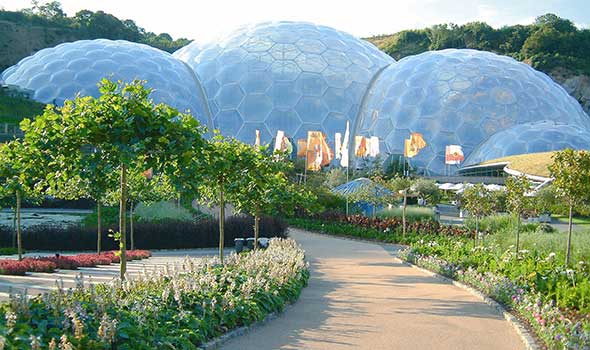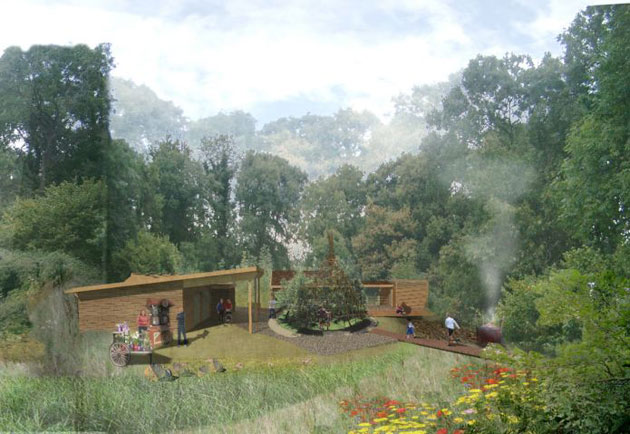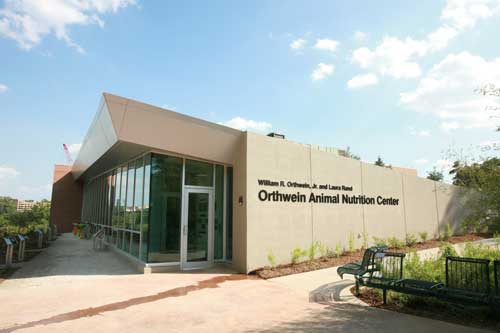 As pointed out in a comment on Bristol Zoo's Eco Park, Chester Zoo has just unveiled a comparative project. Very little in the way of imagery is available, but this project seems to mimic the Eden Project in its use of a bio-dome to create a simulated African rainforest.
As pointed out in a comment on Bristol Zoo's Eco Park, Chester Zoo has just unveiled a comparative project. Very little in the way of imagery is available, but this project seems to mimic the Eden Project in its use of a bio-dome to create a simulated African rainforest.
At nearly $550 million, Chester Zoo has poised itself to become the top zoo in the world for displaying African rainforest fauna. The project, encompassing approximately 200 acres (more than double the size of many city zoos, including Cincinnati, Philadelphia, and St. Louis), incorporates many theme park elements, such as a directly linked hotel and a water ride.
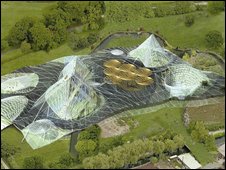
From BBC News:
"A giant dome housing a rainforest is part of a £225m plan to transform Chester Zoo into Europe's largest conservation attraction.
The project includes a 56 hectare indoor African-themed rainforest where gorillas, chimpanzees and other tropical animals can move freely.
The £90m eco dome, which would form the initial phase of the scheme, would be the first of its kind in the UK.
A 90-room hotel is also set to be part of plans submitted later this year.
The project, called Natural Vision, includes a Conservation College and a revamped main entrance linking it to a marina development on zoo land next to the Shropshire Union Canal.
The dome itself will have an interactive water ride to give visitors unique views of the animal enclosures.
 |
|
The aim is, by 2018, to showcase and support the zoo's international conservation work, which currently involves 50 countries.
Prof Gordon McGregor Reid, director general of Chester Zoo, said: "Natural Vision will offer a fun, family-friendly, adventurous, yet educational window on the world of conservation.
"New and exciting animal species will be introduced. This project is unlike anything that has been in the UK and will offer a spectacular visitor experience and the highest standards of animal welfare."
The zoo, which celebrates its 75th anniversary in May, attracts 1.3m visitors a year.
The new project is expected to see visitors rise to 2m when complete. Chester Zoo spans 50 hectares but owns another 200.
When finished, Natural Vision will cover 80 hectares including new road access and parking.
Meanwhile, hundreds of jobs will be created for the north west, during construction and following completion of the project, said a zoo spokesman.
Prof McGregor Reid added: "Our visitors will be immersed in the world of wildlife where we will engage, inform educate and amaze them in a truly thrilling and unique environment." "
I'm looking forward to getting more details and images on the plans for the expansion. Much luck to all involved!





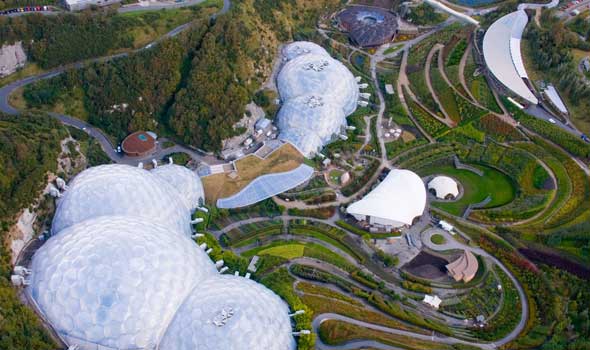
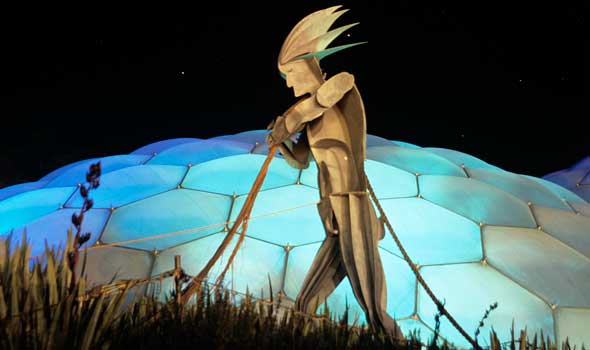 The Eden Project was, and is, as innovative in approach, as it was in design, made all that more impressive by the fact that botanical gardens and arboretia tend to be, well, on the more dull side. The Eden Project, built in a reclaimed clay mine, brought hip to gardens; it connects the reality of being green to the flashy, trendy movement. It creates a place to enjoy nature as an art, and art in nature, sometimes quite literally. It's also beautiful, fun, exciting, and a gorgeous piece of architecture and landscape architecture.
The Eden Project was, and is, as innovative in approach, as it was in design, made all that more impressive by the fact that botanical gardens and arboretia tend to be, well, on the more dull side. The Eden Project, built in a reclaimed clay mine, brought hip to gardens; it connects the reality of being green to the flashy, trendy movement. It creates a place to enjoy nature as an art, and art in nature, sometimes quite literally. It's also beautiful, fun, exciting, and a gorgeous piece of architecture and landscape architecture.